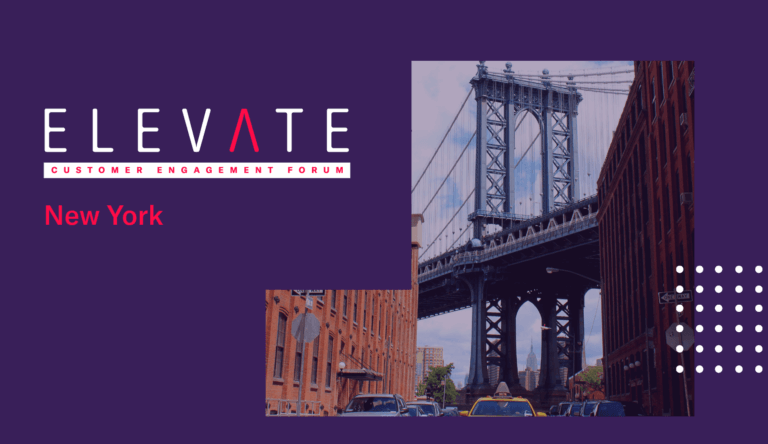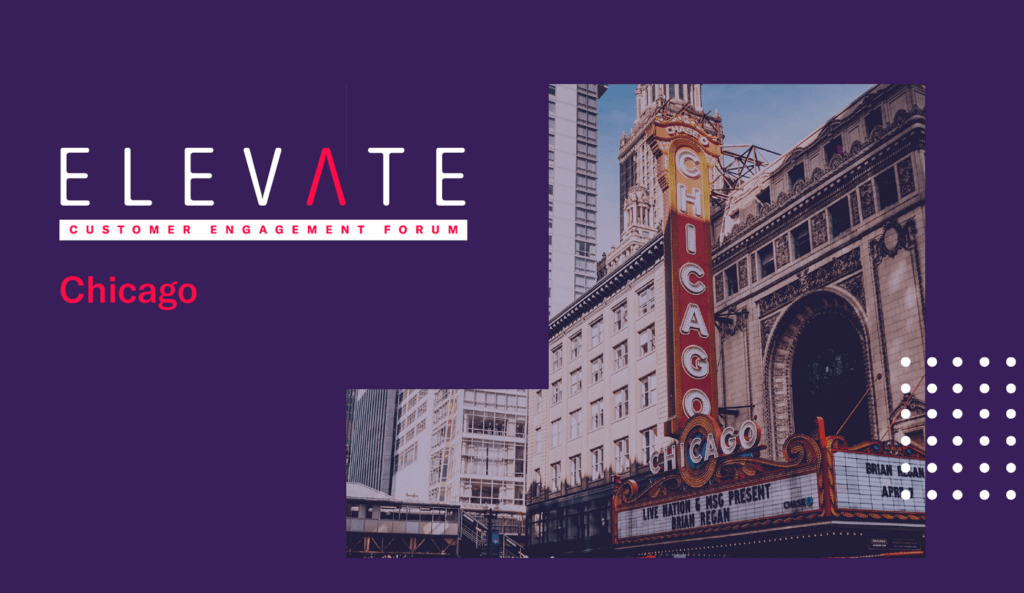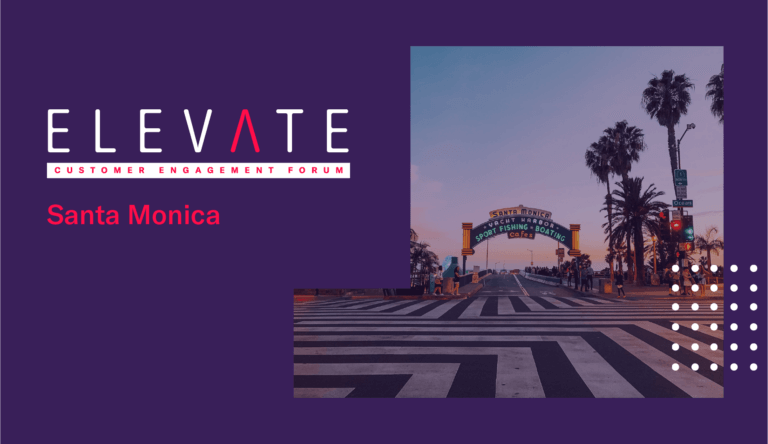
How AMC Theaters and the Chicago Tribune Uses Data and Preference Centers for Their Messaging Strategies

AJ Park Sr. Content Marketing Manager

Share to my network
In this article
Categories
Book a meeting
Connect with our team of experts to discuss your conversion and loyalty goals, and how we can help you achieve them faster.
Get a demoHow do brands like AMC Theaters and the Chicago Tribune put together their messaging strategies to reach out to and engage with their large audiences? As part of the Customer Engagement Forum series, Airship invited AMC Theater’s Mark Minor and the Chicago Tribune’s Elizabeth Wolfe to share how their companies shape their messaging strategies in a panel at our Chicago event. Here are some of the highlights of what they shared.
AMC Theaters Uses Loyalty Program Tiers for Their Messaging Strategy
With 20 million loyalty program users and over a billion notifications sent across email, SMS and app messages in the past year, AMC Theaters had to have a messaging strategy for a very large audience. Mark Minor, Manager of Mobile App Marketing, explained during the forum panel that they decided to divide their member audience into tiers and treat each tier differently.
The tiers are broken down as such: Insider, Premier and A-List, and each tier has its own set of goals and messaging strategies. For instance, a goal for the Insiders tier is to move active users into the paid tiers. For A-Listers, since they are the most advanced power users among the tiers, AMC mostly stays out of their way with notifications.
Another strategy that Mark uses for messaging is to give the users more control over what kind of messages they want to receive. For their emails, AMC has a sophisticated preference center and Mark’s team is currently working on doing the same thing for their app notifications. This way users can choose whether they want to be notified for ticket sales or food and beverage discounts, or both.
Chicago Tribune Uses A/B Testing to Develop Their Messaging Strategy
When Elizabeth Wolfe, Director of the Audience Engagement Team, first started at the Chicago Tribune, there wasn’t much of a strategy in place when it came to the alerts they sent out through push notifications, email and social media. But when Elizabeth started to dive into the Airship messaging experience, she realized there was a lot they could do with the data on the platform. Now her team is “obsessed,” as she explained it during the panel, with the data Airship provides.
Her team receives a daily report from Airship with the KPIs (Key Performance Indicator) for every alert they sent the day before. The conditional formatting of the report makes it easy for her team to see which notifications did well, and which ones did not do as well, among other types of data. The team also uses the reports and data to A/B test their messages.
The importance of A/B testing may not be very obvious for channels like push notifications, especially for a news organization, because each message is unique and only sent once, but Elizabeth and her team put together goals for the messages and started testing. One of their goals was to figure out whether their users preferred conversational or headline-style alerts. It didn’t take long for the data to show that alerts written in a more conversational tone with complete sentences and thoughts performed better than just straight up headlines. Turns out, what people prefer for print isn’t what they prefer for their notifications.
Another goal for the team was to determine how much information the notification should display to drive more opens. For Lollapalooza, an annual 4-day music festival based in Chicago, they sent two different types of messages to notify their users about the lineup. The A message named the biggest artists in the lineup while the B message just announced that the lineup was released so that the user had to open the message to read the list. Can you guess which message had better opens?
The B message, the one that did not name any specific acts, had almost twice as many direct opens as message A. With such a result from that A/B test, her team decided that was the kind of message they should go with for such alerts going forward.
Get more insights from other brands like Zillow, Foot Locker and Accuweather in our Customer Engagement Forum recaps in Los Angeles, San Francisco and New York.

